The Surveillance of Blackness: From the Trans-Atlantic Slave Trade to Contemporary Surveillance Technologies w/ Simone Browne by Claudia Garcia Rojas c/o Truthout
(Photo: Surveillance Camera via Shutterstock; Edited: LW / TO)
Overview
An interview of Simone Browne, a professor in the Department of African and African Diaspora Studies at the University of Texas at Austin, and author of Dark Matters: On the Surveillance of Blackness by Claudia Garcia-Rojas.
Key Takeaways
On lantern laws and the archive of slavery being renewed through modern policing:
“Lantern laws were 18th century laws in New York City that demanded that Black, mixed-race and Indigenous enslaved people carry candle lanterns with them if they walked about the city after sunset, and not in the company of a white person. The law prescribed various punishments for those that didn’t carry this supervisory device. Any white person was deputized to stop those who walked without the lit candle after dark. So you can see the legal framework for stop-and-frisk policing practices was established long before our contemporary era.
Recently, Josh Scannell, a graduate student at City University of New York, in his research around the New York Police Department, made the connection between these lantern laws and the NYPD’s Omnipresence, which is the use of high-intensity artificial lights, flood lights or the flashing roof lights from the police cars throughout the night in certain housing projects – so, subjecting people to violent illumination by way of artificial light.
And so, to make these connections 300-plus years earlier of the kind of regulation or disciplinary practices through light in the same city space – I am really happy that people are able to make those connections with, say, lantern laws – to say that that these surveillance practices have a history and are not necessarily new.” —Simone Browne
On the history and need for black interventions to secure our own communities:
“I was recently looking at the work of Marie Van Brittan Brown. Brown was a nurse living in Queens, New York, often working the night shift, and her husband, Albert Brown, was an electronics technician. In 1966, they developed blueprints for the first home security system – closed-circuit televisions, remote-control entry, intercoms, recording devices that could be accessed within a home – and in 1969, they got the patent. So, this Black woman living in Queens and concerned with crime decided to do something about it. What does it mean for a Black woman to center her conditions at a time when the police response was quite lax?” —Simone Browne
On efforts to reimagine and redesign surveilled neighborhoods being white-washed:
“For example, June Jordan created something called ‘Skyrise for Harlem.’ Alexis Pauline Gumbs has written about June Jordan being an architect. This was a time of post-Harlem riots in 1964 when Jordan worked collaboratively with another architect, Buckminster “Bucky” Fuller, on a plan to redesign Harlem. She asks this question in her book Civil Wars: ‘What kind of schools and what kind of streets and what kind of parks and what kind of privacy and what kind of beauty and what kind of music and what kind of options would make love a reasonable, easy response?’
Part of making it possible for love to be ‘a reasonable, easy response’ for Jordan involved imagining Harlem as having more green spaces. There would be a new bridge to the Bronx. Rather than have it in a grid, which might make for unsecure spaces, it would have more curvature within it. Then, she eventually published this piece, this blueprint and plans, in Esquire, and they called it ‘Instant Slum Clearance.’ So no longer a ‘Skyrise for Harlem.’ She was the lead writer, but they didn’t put her as the co-architect. All credit went to Fuller. June Jordan was responding to police violence, repressive practices and structural inequalities built into the architecture and the making of the city. Honoring and recovering these histories, centering them, is another mode of understanding surveillance.” —Simone Browne
On the capacity for clothing and art to make Black people feel safe:
“I like artistic ways of getting us to think differently about our position and surveillance, and how surveillance can be challenged. There are some fantastic artists out there that consider these issues.
Artist Micha Cárdenas’ work speaks to these issues through wearable computing. Some of her work looks at wearable technologies that can be used for prison abolition. She’s also working on a project called ‘Unstoppable’ with Patrisse Cullors from Black Lives Matter. It is do-it-yourself bulletproof clothing.
There’s so much fascination and regulation around Black people’s clothing and sartorial choice, whether it’s saggy pants laws or the earlier colonial regulations or edicts on wearing particular cloth that was above one’s standing. So, what kinds of clothing can Black people have that can make them feel safe?
How can we collectively make safe spaces?” —Simone Browne

